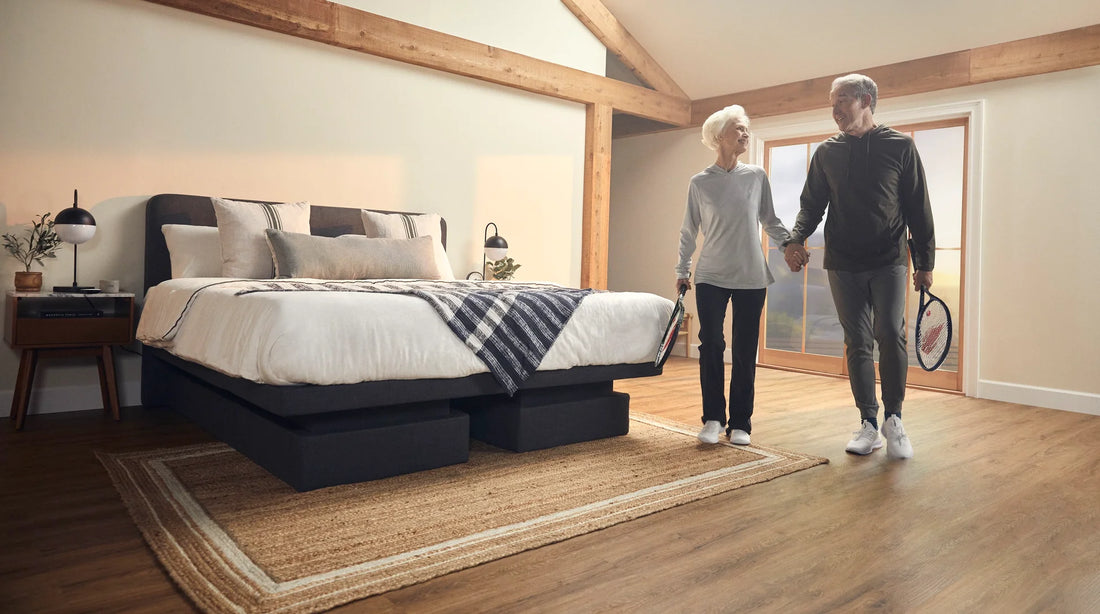- Ease of Entry and Exit: The ability to lower the bed to a comfortable height greatly improves the ease of getting in and out of bed, especially for individuals with limited mobility. This reduces the risk of falls and injuries.
- Independence: The hi-low function fosters independence by allowing users to adjust the bed height to suit their needs.
- Comfort: Hi-low beds often come with adjustable head and foot sections for customized positioning. This allows finding the ideal comfort level for sleeping, reading, or watching TV.
- Reduced Pressure Sores: By adjusting position and height, hi-low beds help redistribute pressure points, reducing the risk of pressure sores for those spending extended time in bed.
- Improved Circulation: Raising the feet can promote circulation and reduce swelling, particularly for individuals with circulatory issues.
Benefits for Caregivers
- Safe Patient Transfers: The hi-low feature allows caregivers to adjust the bed to a height that matches the height of wheelchairs, stretchers, or other transfer equipment for safer patient handling.
- Reduced Strain: Caregivers can raise the bed to a comfortable working height, minimizing strain and preventing injuries during tasks like bathing, changing, and repositioning the patient.
- Improved Care Tasks: The adjustability facilitates better care delivery for tasks like wound care, administering medication, and more.
Additional Considerations
- Aging in Place: Hi-low beds are excellent for facilitating aging in place and allowing individuals to remain in their homes as mobility changes arise.
- Post-Surgery Recovery: They offer a comfortable and supportive environment for individuals recovering from surgery or other medical procedures.
If you're considering a hi-low bed, here are some things to keep in mind:
- Talk to your doctor or a healthcare provider: They can assess whether a hi-low bed is the right solution based on your needs.
- Features: Consider the features important to you, such as full electric adjustability, head and foot elevation, and compatibility with accessories like bed rails.
- Consult with a medical equipment specialist: Discuss your needs and compare different models to find the right fit.

